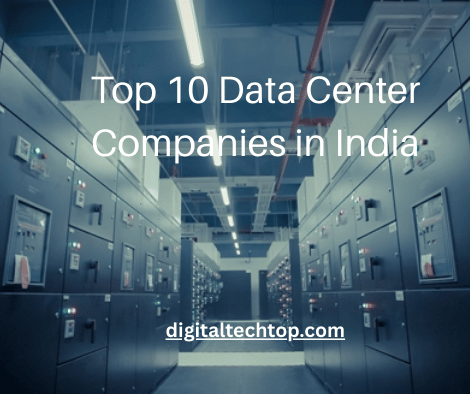The Role Of Edge Computing In The Future Of Development

There are several ways to use edge computing to increase a customer’s return on investment. Aside from using the cloud to store and run data, edge computing enables developers to run workloads on the physical network. The following are a few of these options. For example, developers can use edge-based data centers to manage production lines and assets. A digital twin can help domain experts configure applications around their assets.
Using edge computing reduces latency between data and its intended destination. A typical central storage facility can be thousands of miles away from the actual user’s device, so Edge Computing prevents latency from affecting an application. This is especially true for real-time data. By processing and storing data locally, companies can save money on data transmission. With so many benefits, edge computing is the way to go for developers.
A growing number of essential products utilize artificial intelligence (AI). These products process commands and analyze data to make decisions on behalf of their users. This is done in the edge, and much of the processing is done there, where the processing power is enough for the algorithms to work. The role of edge computing is only beginning and will continue to expand in the coming years. It will continue to provide new services, applications, and use cases.
The rise of IoT devices and the ability to deploy them to the edge will require increased bandwidth and compute power. As IoT grows, more data is produced that is stored in the cloud. As a result, data latency is increasing and network bottlenecks are occurring. Edge computing can solve this problem by processing and storing data closer to the users. While both approaches have their advantages, edge computing is more effective in public clouds while containers can work well in private cloud environments.
While the advantages of edge computing are many, they are not without their challenges. High-frequency trading requires faster response times and more timely services, and edge computing offers new data that enables differentiation. A car manufacturer, insurance provider, utility company, or city planner may be interested in edge computing. In the end, edge computing can provide new data and services that are not possible with the traditional infrastructure. But these benefits are only the first.
In addition to improving performance, edge computing can also improve the overall experience. Edge devices reduce latency for users by storing data nearer to the device. A personal assistant, for example, needs to send a request to a cloud server located somewhere far away. After a server receives the request, it must relay the response. In contrast, an edge device processes the data closer to its location and obtains the answer more quickly.
In addition to addressing existing problems, edge computing can also solve future challenges. The challenges of edge computing are countless. The future of development depends on its ability to address these problems. As a result, edge computing will become a necessary part of the way a product or service is developed. This will ultimately lead to a more user-centric society. So, what are the benefits of edge computing?
Edge computing allows businesses to get their data closer to customers. This reduces latency while maintaining the same level of quality and reliability. Edge data centers can process information close to where it’s needed most. In turn, it will improve the performance of network infrastructure and reduce latency. For example, a hospital can use an edge computing solution to save lives. Similarly, companies can use edge computing to increase their network performance and reduce latency.
The potential of edge computing is tremendous. By 2025, 75 billion IoT devices will be installed around the world. IoT devices generate large amounts of data and often transfer it to a cloud or remote data center. The trouble is that bandwidth is limited and cloud resources are expensive. Edge computing eliminates this problem by processing and storing data locally. Edge computing is a great way to reduce bandwidth costs, especially if a device requires a lot of bandwidth.
In addition to reducing latency, edge computing can improve performance and security. By using edge-friendly data centers closer to where users interact with them, edge computing can help companies with their business processes. In addition to car manufacturers and insurance companies, edge-based computing has many benefits for power and utility companies, city planners, and more. By processing data on the edge, these companies can deliver more value to their partners.






